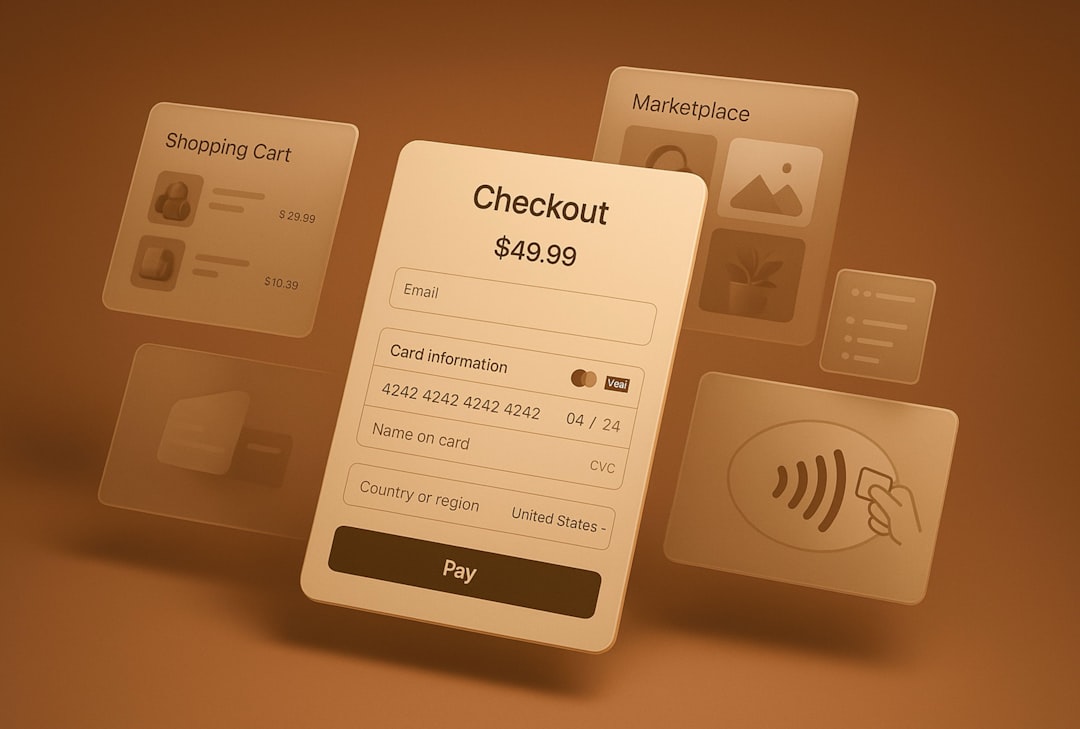As eCommerce continues to evolve, integrating an AI chatbot into your website has become one of the most effective strategies to enhance customer experience and streamline support. AI-driven chatbots can handle multiple queries simultaneously, offer 24/7 assistance, and reduce cart abandonment by guiding users through the sales funnel. Implementing one may seem complex at first, but with the right approach, it can be both seamless and impactful.
Step-by-Step Guide to Implementing an eCommerce AI Chatbot
Table of Contents
1. Identify Your Business Goals
Before choosing a chatbot solution, it’s important to determine what exactly you need it to do. Are you looking to provide customer support, recommend products, assist in the checkout process, or offer order tracking? Understanding your goals will shape the type of chatbot you’ll need.
2. Choose the Right AI Chatbot Platform
Select a chatbot platform that is compatible with your eCommerce platform (like Shopify, WooCommerce, Magento). Tools like Dialogflow, Tidio, ManyChat, and Intercom offer user-friendly integrations tailored for online stores.
- Dialogflow: Google-powered AI, great for complex language processing.
- Tidio: Easy integration with eCommerce tools.
- ManyChat: Great for Facebook Messenger and marketing automation.

3. Design the Chat Flow
Plan out how users will interact with your chatbot. This includes greeting messages, FAQs, and branches that guide users to specific actions (like “Check Order Status,” or “Browse Categories”). Make the language conversational and on-brand.
Tip: Use templates if available. Many platforms offer pre-built flows tailored for eCommerce businesses.
4. Train the Bot with AI and Machine Learning
An effective AI chatbot learns over time. Start by inputting common customer questions and keywords, and add machine learning capabilities to let the bot improve with every interaction. Continuously feed it new data based on customer queries.
5. Integrate the Bot with Your Website
Most platforms offer a simple script to paste into your website’s HTML. If you’re using a website builder or CMS, there’s often a plugin available for quick implementation.

6. Test, Monitor, and Improve
Before going live, thoroughly test the chatbot for different user scenarios. Monitor how users interact with it and collect data on drop-off points, unanswered questions, and response quality. Use analytics to refine performance and ensure optimal user satisfaction.
7. Promote Your Chatbot
Let your customers know about your new AI assistant. Add a welcome popup, highlight it in newsletters, and nudge users to engage with it through small calls-to-action like “Need quick help? Chat with us!”
Benefits of an eCommerce AI Chatbot
- 24/7 Customer Support: Always-on service improves user experience.
- Increased Sales: Personalized suggestions help with upselling and cross-selling.
- Reduced Manual Work: Automates repetitive tasks, freeing human agents for complex queries.
- Data Collection: Gathers valuable customer behavior data for marketing and product decisions.
Conclusion
Integrating an AI chatbot into your eCommerce website is more than just adding a feature—it’s a gateway to modern customer service and streamlined online shopping. With the right strategy, tools, and maintenance approach, businesses can expect not only improved support but also a direct boost in conversions and customer loyalty.
Frequently Asked Questions (FAQ)
- Q1: How much does it cost to add a chatbot to my website?
- Costs vary depending on the platform and features. Some offer free basic plans, while advanced features may cost between $10 to $300 per month.
- Q2: Can I use a chatbot without coding knowledge?
- Yes. Many chatbot builders offer drag-and-drop interfaces that require no coding experience, suitable for beginners.
- Q3: Will a chatbot replace human customer service?
- No. It complements human support by handling repetitive questions and tasks. Complex or emotional issues are usually better resolved by a human agent.
- Q4: How long does it take to set up an AI chatbot?
- Depending on complexity, a basic chatbot can be implemented in a few hours to a few days. More advanced bots with AI training may take a week or more.
- Q5: Can the chatbot support multiple languages?
- Yes. Many platforms support multilingual features to communicate with a diverse customer base.

